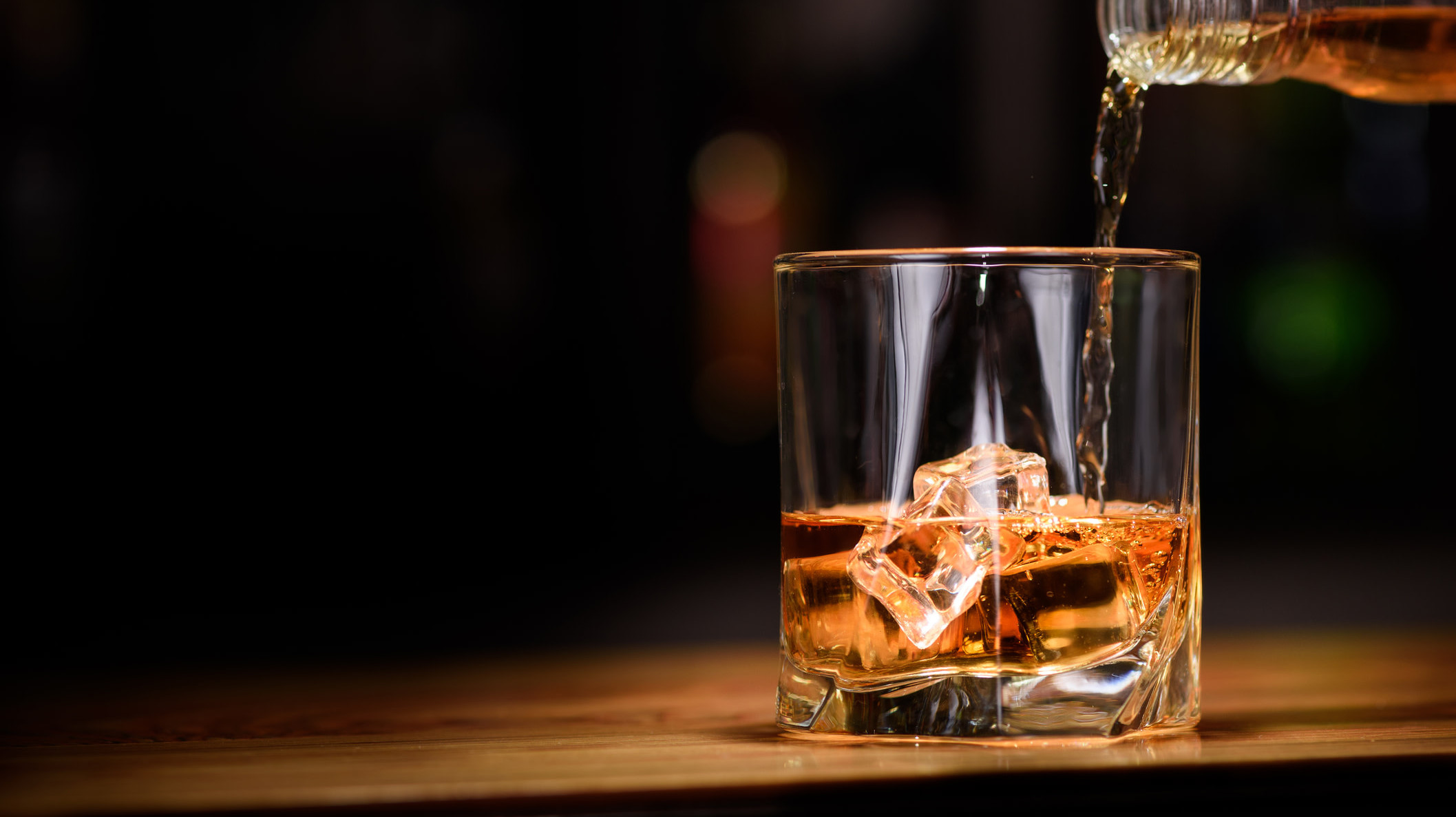Liquor Sounds Great, More Americans Say
2019, am I right? It's the year that's felt like one giant "Lemon, it's Wednesday."
Psychic malaise may be partially to blame for Americans' increasing fondness for liquor, or maybe we've just finally reached the apex of the small-batch bourbon trend. No matter the cause, liquor's popularity is on the rise, according to the results of a poll recently released by Gallup.
Beer still dominates as America's preferred alcohol—38% of Americans say it's the alcohol they drink most often—but this year, liquor caught up with wine at 29% and 30%, respectively. Gallup notes that younger drinkers are the ones driving liquor's gains: "Drinkers' increased preference for liquor has occurred primarily among young and middle-aged adults, with little movement among those 50 and older." Interestingly, women are more likely to cite liquor as their booze of choice than men, while men are much more likely to prefer beer. Gallup also breaks the results down by socioeconomic status, geographical location, and race; see all those figures here.
While we may be drinking harder stuff, American drinkers aren't increasing in overall numbers. The poll found 65% of Americans drink at least occasionally, with 34% abstaining, a figure that's held steady for 20 years. How much are we drinking? An average of four drinks a week per drinker, a figure that's also relatively steady since 2011.
Gallup posits it could be the recent popularity of low-carb diets that explain liquor's uptick (straight alcohol has no carbs), but we posit it could also be 2019's fault.
